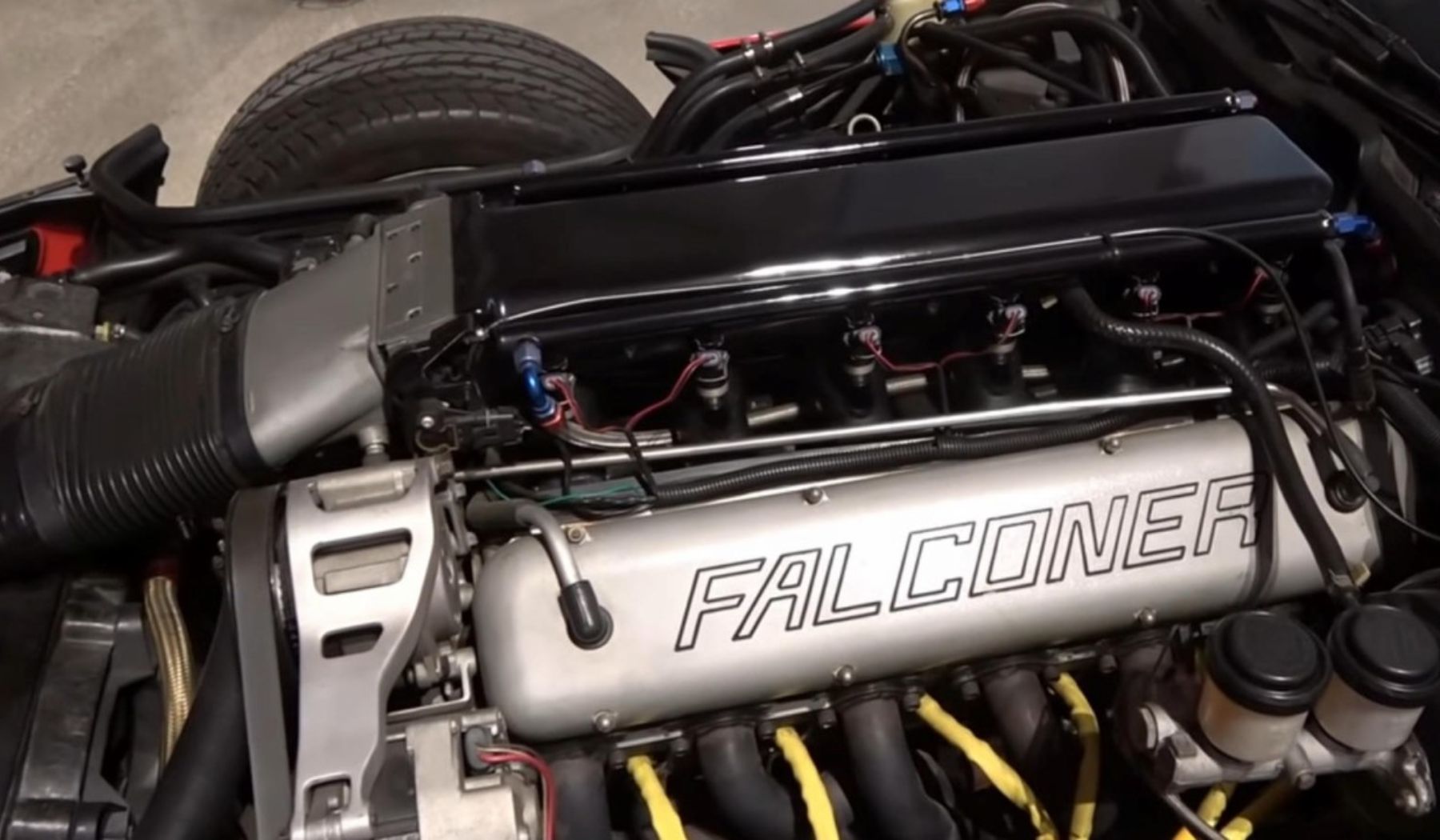In response to Chrysler’s development of a V10-powered sports car, Chevrolet started on an ambitious project to create an experimental Corvette capable of rivaling the anticipated Viper. Amidst the declining popularity of muscle cars in the early 1970s, Chevrolet sought to revitalize American performance models, leading to the introduction of the ZR-1 version of the C4 Corvette in 1990.
However, as the Chrysler Viper emerged as a formidable competitor, Chevrolet’s Corvette development team took action, initiating the development of a V12-powered prototype known as the ZR-12. Tasked with testing the ZR-1’s gearbox, the team diverted resources to create an exceptional Corvette variant capable of challenging the Viper’s dominance.

Equipped with a race-bred Falconer V12 engine producing 686 horsepower, the ZR-12 boasted impressive performance potential. Despite facing challenges such as overheating issues, the ZR-12 showcased Chevrolet’s innovative spirit and commitment to pushing boundaries in automotive engineering.
Although the ZR-12 never entered production, it remains a testament to Chevrolet’s pursuit of excellence and innovation in the performance car world. Today, the ZR-12 stands as a symbol of automotive ingenuity, preserved for enthusiasts to admire at the National Corvette Museum in Bowling Green, Kentucky.

